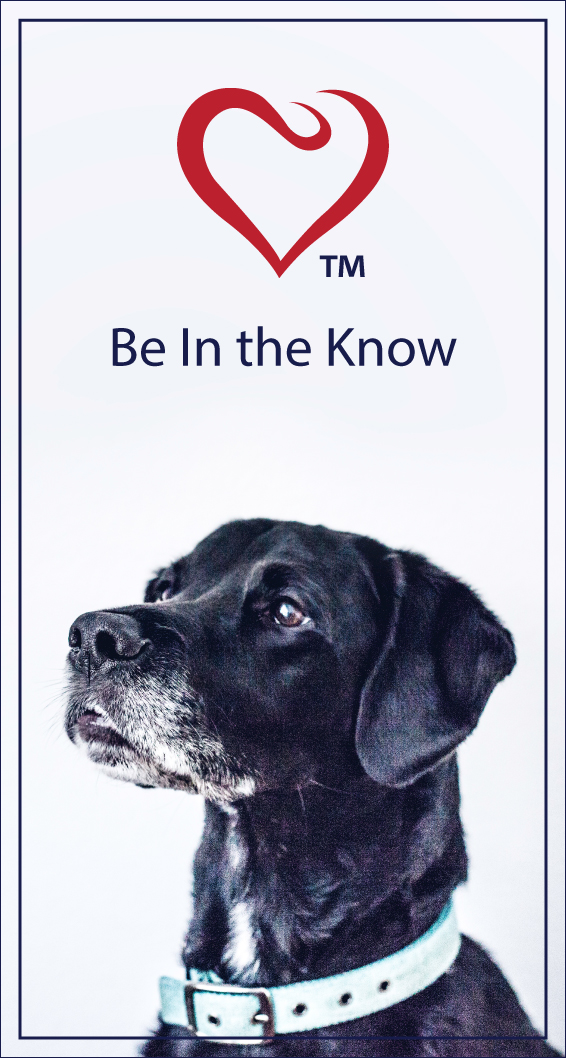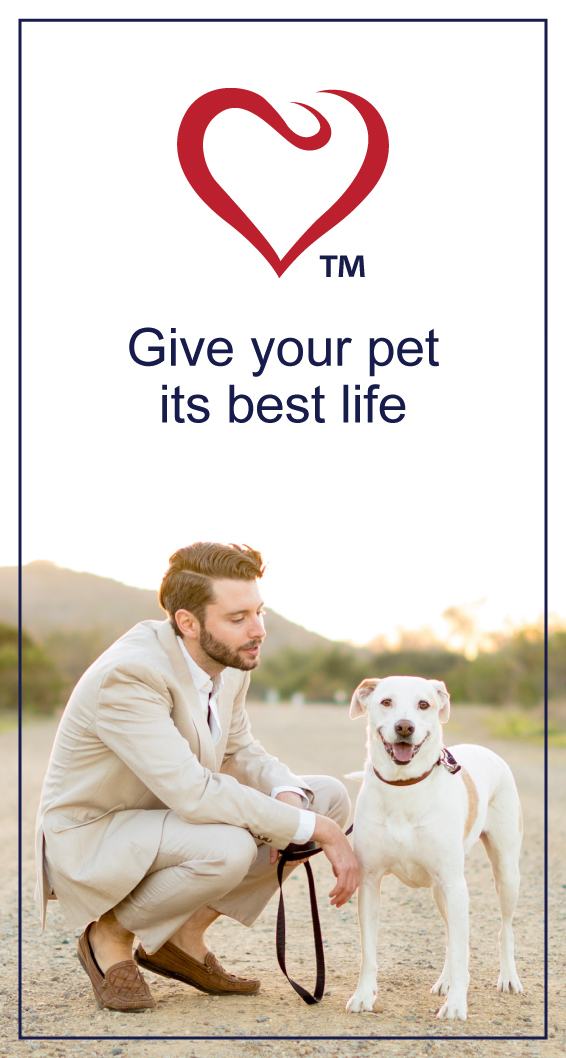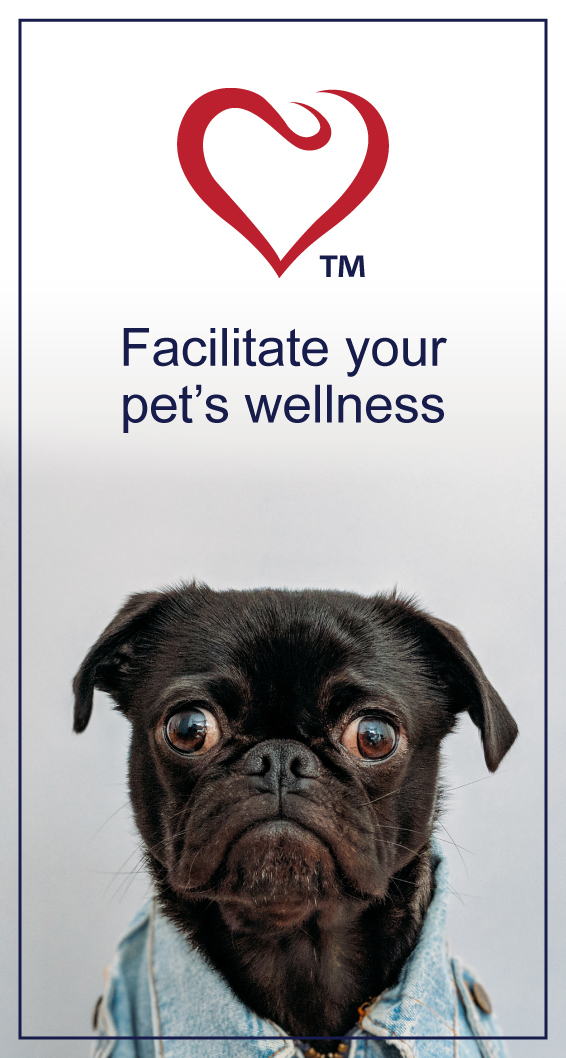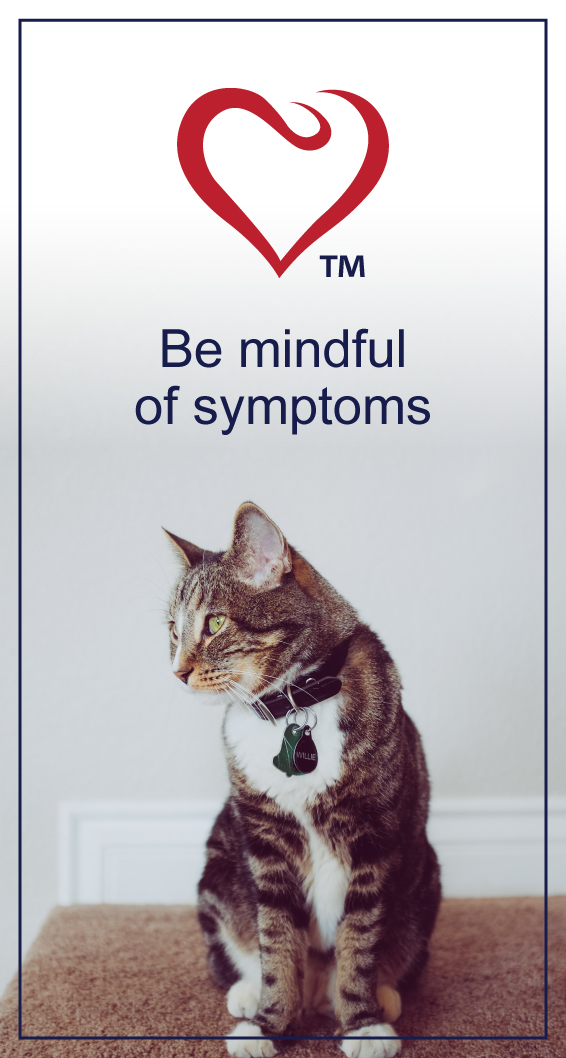HEALTH & WELLNESS

TRENDING
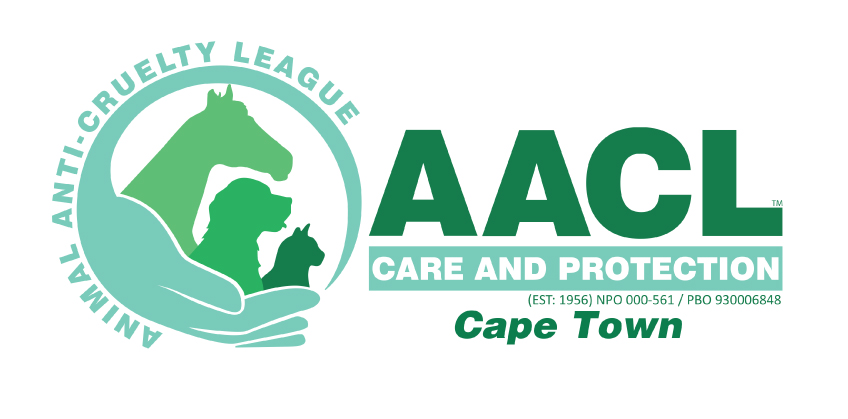
We’re excited and honoured to feature South Africa’s second largest independent animal welfare organisation on PetlifeSA.
Skin Cancer In Dogs

Skin cancer in dogs is far more common than most would expect. It accounts for approximately 30% to 40% of all cancer cases reported.
The majority of these are benign and do not invade neighboring tissue but a small number are malignant and through metastasis can spread to other parts of the body. The difficulty is that pet owners cannot easily distinguish these forms. As such, the best approach is to seek veterinary advice if you suspect that your companion canine has a cancerous growth.
CAUSES
These diseases are often initiated by excessive exposure to the sun with ultraviolet light being the major contributor. Other causes are viral infections, immunosuppression, contact with carcinogens, and susceptibility encouraged by your pet’s genetic profile. Light-skinned and lightly furred dogs that are frequently exposed to strong sunlight for long periods are more likely to develop skin cancers than those with thicker fur and more melanin , i.e., darker skin. Unfortunately, even those with these natural and effective sunblocks have areas of the body that are less protected. The vulnerable spots tend to be on the tummy, the insides of the hind legs, around the eyes, and the tips of the ears. Dogs with a pinkish colouring around the nose and ears are also at higher risk.
TYPES OF CANINE SKIN CANCER
Three commonly encountered types of skin cancer in dogs are:
Mast cell tumours
These are cancers that develop in the mast cells of your dog’s immune system and are the cause of most skin tumours in dogs. Though the underlying processes are still being investigated, research indicates that genetic factors and body chemistry including the sex hormones, progesterone and oestrogen, can affect their formation.
Malignant melanomas
These typically occur in the mouth or on the mucous membranes (more rarely on the furry body parts) and have a tendency to grow rapidly before spreading to other organs such as the liver and lungs.
Squamous cell carcinoma
An aggressive cancer, squamous cell carcinoma, fortunately, does not spread to the lymph nodes but injures or destroys tissue around the site.
INDICATIONS AND SYMPTOMS
Different symptoms that depend on the type of cancer, will become noticeable. A good practice is to monitor the skin of aging dogs more frequently for abnormal lumps and localised swelling. These are the signs to watch out for:
- Squamous cell carcinomas: Warty blemishes that feel solid and are raised above the level of the skin.
- Mast cell tumours: Inflamed sores with a rubbery appearance.
- Melanomas: Unusually coloured swellings or bumps around the muzzle, lips, pads, and nails.
- Any inexplicable signs that your dog is in ongoing pain, such as whimpering or limping.
It’s important to note that sores or lesions related to cancer are sometimes incorrectly diagnosed as common infections.
THERAPEUTICS FOR SKIN CANCER IN DOGS
The treatments available depend on where your pet’s tumours are located, the type of cancer, and how advanced it is. Chemotherapy, surgery, and radiation therapy are among the main options available. Just as with humans, each has a range of side effects that must be considered before deciding on the best approach to take.
If you think that your dog may have a form of cancer, please consult your veterinarian who will make a diagnosis and lay out your options and associated factors. There is no advantage to be had in delaying the onset of treatment so act decisively if you have any doubts about your pet’s condition. These may be the hardest times you share with your beloved companion, but be positive because dealing with such a disease in your pet’s best interest is the greatest service you can provide.
The advice in this post is provided for informational purposes only and is not professional medical advice. To have your pet’s condition accurately diagnosed kindly see your veterinarian.
Related Articles
